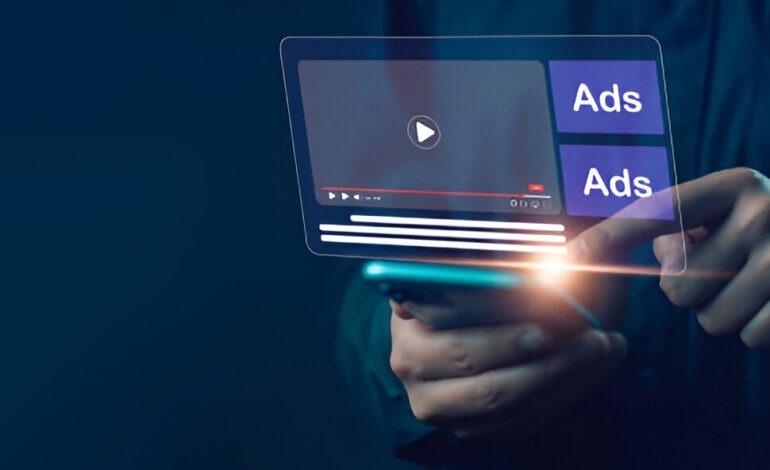
What is Native Advertising? Everything You Need to Know
In today’s digital-first world, consumers are constantly bombarded with ads. From pop-ups to banner ads, traditional advertising methods often feel intrusive and disruptive. Enter native advertising—a strategy that blends seamlessly into the content users are already engaging with, offering value without interrupting their experience. But what exactly is native advertising, and why is it becoming a cornerstone of modern marketing strategies?
Table of Contents
ToggleIn this guide, we’ll explore everything you need to know about native advertising, from its history and types to its benefits, challenges, and best practices. Whether you’re a seasoned marketer or a small business owner exploring online advertising platforms, this article will equip you with the knowledge to leverage native advertising effectively.
What is Native Advertising?
Native advertising is a form of paid media where the ad experience follows the natural form and function of the platform on which it appears. Unlike traditional display ads, native ads don’t scream for attention. Instead, they blend into the surrounding content, making them less intrusive and more engaging.
For example, imagine scrolling through your favorite news website. You come across an article titled “10 Tips for a Healthier Lifestyle”. It’s informative, engaging, and relevant to your interests. Only after reading do you realize it’s sponsored by a fitness brand. That’s native advertising in action.
The History and Evolution of Native Advertising
Native advertising isn’t a new concept. Its roots can be traced back to the early days of print media in the 18th century, where advertisers disguised promotional content as editorial features. With the rise of radio and television in the 20th century, sponsored segments became a popular way to integrate ads into entertainment.
The digital age revolutionized native advertising. As online content consumption surged, marketers recognized the need to adapt. Platforms like Facebook, Instagram, and Twitter introduced sponsored posts, while content discovery platforms like Taboola and Outbrain popularized recommendation widgets.
Today, native advertising is more sophisticated than ever. With advancements in AI and machine learning, brands can deliver hyper-personalized ads that resonate with individual users. This evolution has made native advertising one of the most effective strategies in the digital marketing toolkit.
Types of Native Advertising
Native advertising comes in various forms, each tailored to fit specific platforms and audience preferences. Here are the most common types:
1. In-Feed Ads
In-feed ads appear seamlessly within social media feeds, news websites, or blogs. They match the look and feel of organic content, making them less disruptive. Examples include sponsored posts on Facebook or promoted tweets on Twitter.
2. Paid Search Ads
Paid search ads appear at the top of search engine results pages (SERPs). They mimic organic search results but are labeled as “sponsored.” These ads are highly effective for targeting users based on their search intent.
3. Recommendation Widgets
Recommendation widgets, often found at the bottom of articles, suggest related content or products. Platforms like Taboola and Outbrain use these widgets to drive traffic to sponsored content.
4. Branded/Sponsored Content
Branded content involves creating articles, videos, or infographics that align with a brand’s message while providing value to the audience. For example, a skincare brand might publish an article on “5 Tips for Glowing Skin” on a lifestyle blog.

Why Native Advertising Works: Key Benefits
1. Higher Engagement and Click-Through Rates (CTR)
Native ads outperform traditional display ads in terms of engagement. According to a study by Sharethrough and IPG Media Lab, consumers look at native ads 53% more frequently than display ads. Their non-intrusive nature encourages users to interact willingly.
2. Seamless Integration with Content
Native ads blend into the user experience, making them less likely to be ignored or blocked. This integration ensures that the message reaches the audience without disrupting their browsing experience.
3. Increased Brand Awareness and Credibility
By providing valuable content, native advertising helps brands build trust and credibility. When users find the content useful, they’re more likely to view the brand positively.
4. Better Performance on Mobile Devices
With the majority of internet users accessing content via mobile devices, native ads are ideal. Their responsive design ensures they look great on any screen size.
Ethical Concerns and Best Practices
While native advertising offers numerous benefits, it also raises ethical concerns. Here’s how to navigate them:
1. Disclosure Requirements
Transparency is key. The Federal Trade Commission (FTC) mandates that native ads must be clearly labeled as “sponsored” or “promoted.” This ensures users know they’re engaging with paid content.
2. Authenticity and Value
Native ads should provide genuine value to the audience. Avoid misleading headlines or clickbait tactics. Focus on creating content that aligns with the audience’s interests and needs.
3. Data Privacy Compliance
When using online advertising platforms, ensure compliance with data privacy laws like GDPR and CCPA. Always obtain user consent before collecting or using their data.
How to Create a Successful Native Advertising Campaign
1. Identify Your Target Audience
Understanding your audience is the first step. Use tools like Google Analytics or social media insights to gather data on demographics, interests, and behaviors.
2. Choose the Right Platform and Format
Select platforms that align with your audience’s preferences. For example, Instagram and TikTok are ideal for visually-driven campaigns, while LinkedIn is better for B2B marketing.
3. Craft Compelling and Authentic Content
Focus on storytelling. Create content that resonates with your audience’s emotions and needs. Use high-quality visuals and a conversational tone to enhance engagement.
4. Leverage Data and Analytics
Track key metrics like CTR, engagement rates, and conversions. Use this data to optimize your campaigns and improve ROI.
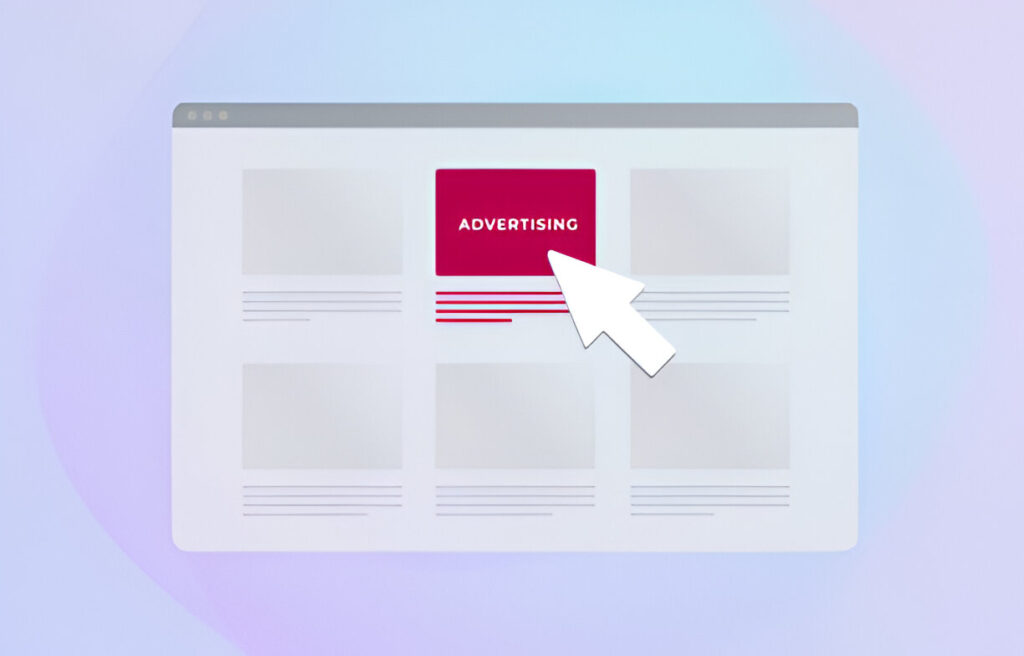
Free and Paid Platforms for Native Advertising
Whether you’re a small business owner or a large enterprise, there are numerous native advertising platforms to choose from. Here’s a breakdown of free and paid options:
Free Platforms
-
Facebook (Organic Reach):
While Facebook is primarily a paid platform, you can use organic posts to create native-like content. Share valuable articles, videos, or infographics that align with your audience’s interests. -
LinkedIn (Organic Posts):
LinkedIn allows businesses to share thought leadership articles and industry insights. These posts can function as native ads when they provide value to your audience. -
Medium:
Medium is a free platform where you can publish branded content. By writing informative articles, you can subtly promote your products or services. -
Reddit (Organic Engagement):
Participate in relevant subreddits by sharing helpful content. Avoid overt self-promotion; instead, focus on adding value to the community.
Paid Platforms
-
Taboola:
A leading content discovery platform, Taboola places native ads on high-traffic websites like CNN and Bloomberg. It’s ideal for driving traffic to sponsored articles or product pages. -
Outbrain:
Similar to Taboola, Outbrain specializes in recommendation widgets. It’s a great choice for brands looking to increase visibility on premium publisher sites. -
Google Ads (Native Ads):
Google Ads offers native advertising options through its Display Network. These ads appear on websites and apps that match your target audience’s interests. -
Instagram (Sponsored Posts):
Instagram’s sponsored posts blend seamlessly into users’ feeds. With its visually-driven format, it’s perfect for brands in fashion, beauty, or lifestyle. -
Twitter (Promoted Tweets):
Promoted tweets appear in users’ timelines just like organic tweets. They’re an effective way to reach a highly engaged audience. -
LinkedIn (Sponsored Content):
LinkedIn’s sponsored content allows you to promote articles, videos, or infographics to a professional audience. It’s ideal for B2B marketing. -
Revcontent:
A popular native advertising network, Revcontent offers high-quality placements and advanced targeting options. It’s known for its high engagement rates.
Case Studies: Brands That Nailed Native Advertising
1. BuzzFeed and Coca-Cola
BuzzFeed’s sponsored articles for Coca-Cola, such as “10 Refreshing Summer Drink Recipes,” seamlessly integrated the brand’s message into engaging content. The campaign achieved high engagement and shares.
2. Airbnb’s “Live There” Campaign
Airbnb created a series of articles and videos highlighting unique travel experiences. By focusing on storytelling rather than direct promotion, Airbnb strengthened its brand image and drove bookings.
3. Blendtec’s “Will It Blend?” Series
Blendtec’s viral videos demonstrated the power of its blenders by blending unusual items like iPhones and golf balls. The entertaining content boosted brand awareness and sales.
Future Trends in Native Advertising
-
AI-Driven Personalization: AI will enable brands to deliver hyper-targeted native ads based on user behavior and preferences.
-
Interactive Content: Quizzes, polls, and interactive videos will make native ads more engaging.
-
Video-Based Native Ads: With the rise of platforms like TikTok and YouTube, video-native ads will dominate the landscape.
Conclusion
Native advertising is a powerful tool for brands looking to connect with their audience in a meaningful way. By blending seamlessly into the user experience, it offers higher engagement, increased brand awareness, and better ROI compared to traditional ads. Whether you’re using online advertising platforms, exploring small business marketing apps, or experimenting with display advertising platforms, native advertising should be a key part of your strategy.
As the digital landscape evolves, staying ahead of trends and maintaining ethical practices will ensure your native advertising campaigns remain effective and impactful. Start exploring the free and paid platforms mentioned above, and craft campaigns that resonate with your audience while driving measurable results.



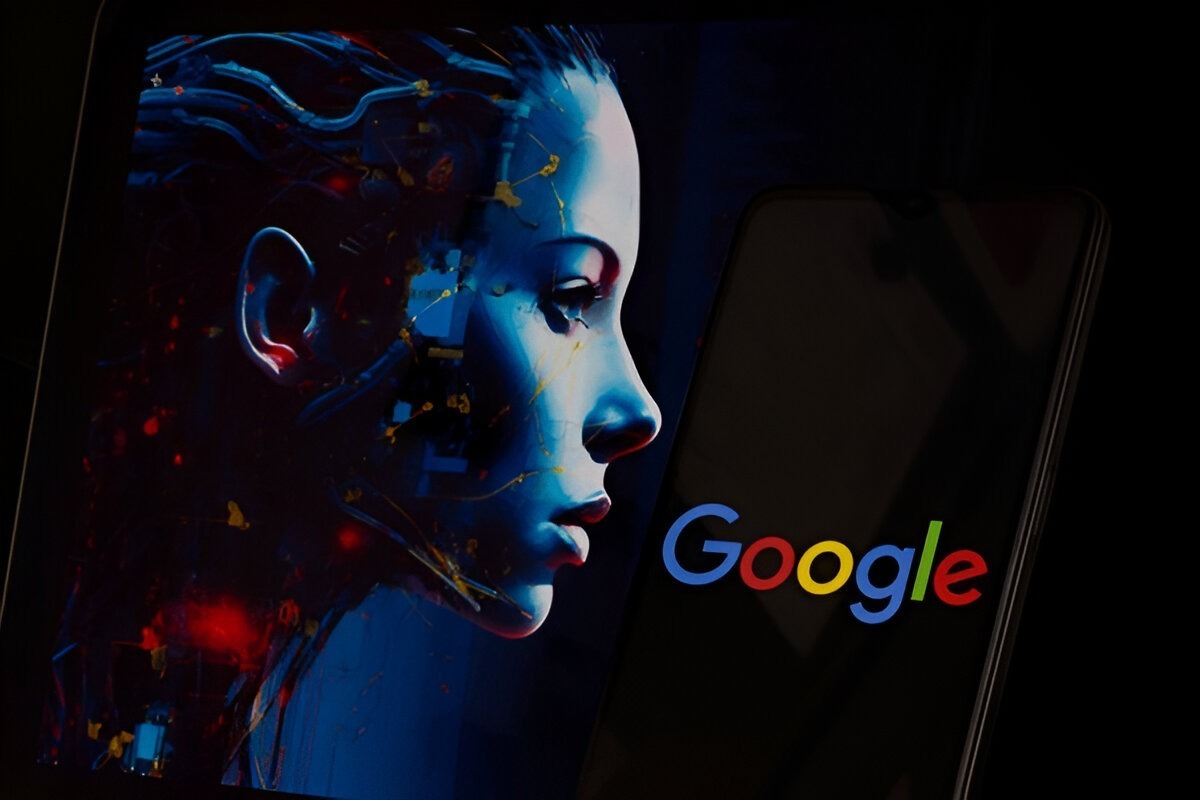
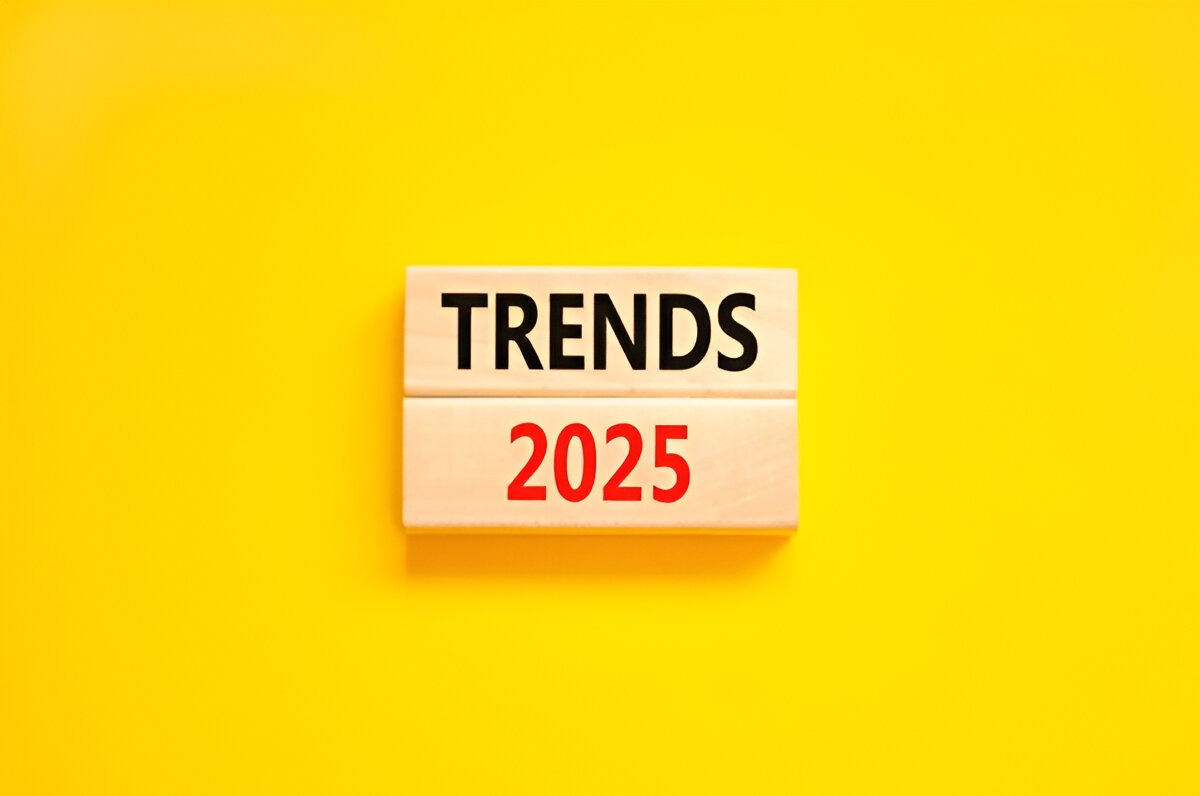
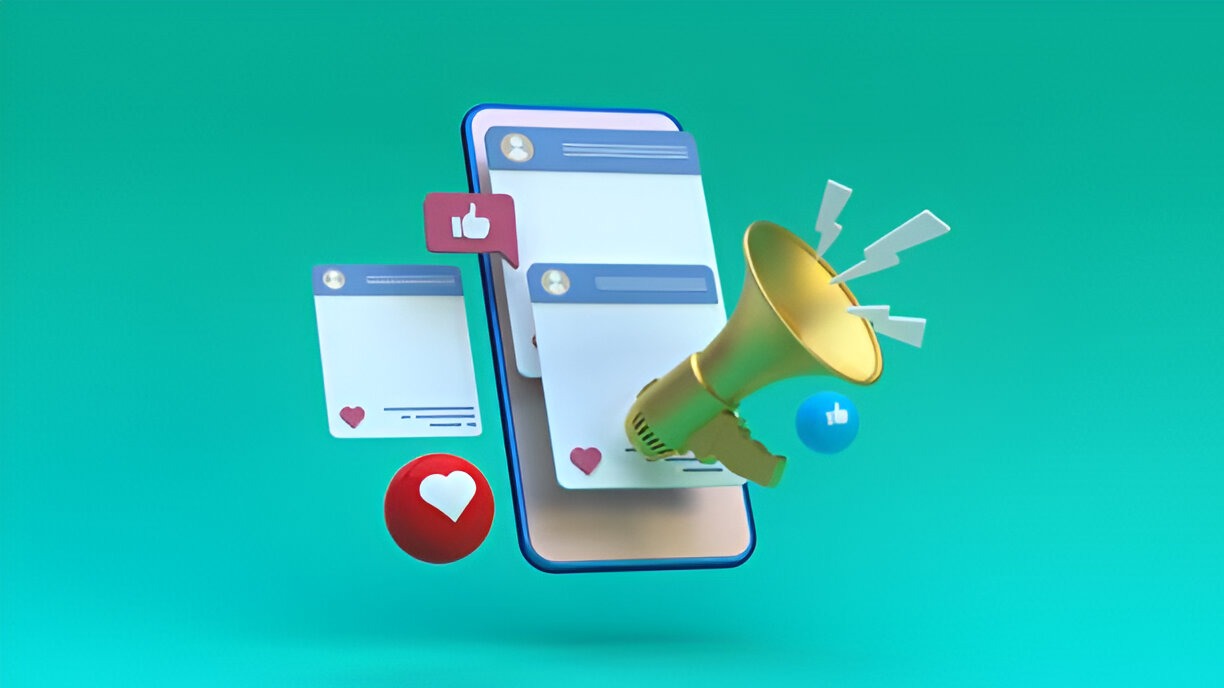
1 Comment
[…] D2C marketers, despite their best intentions, fall into common SEO traps that hurt their rankings, […]